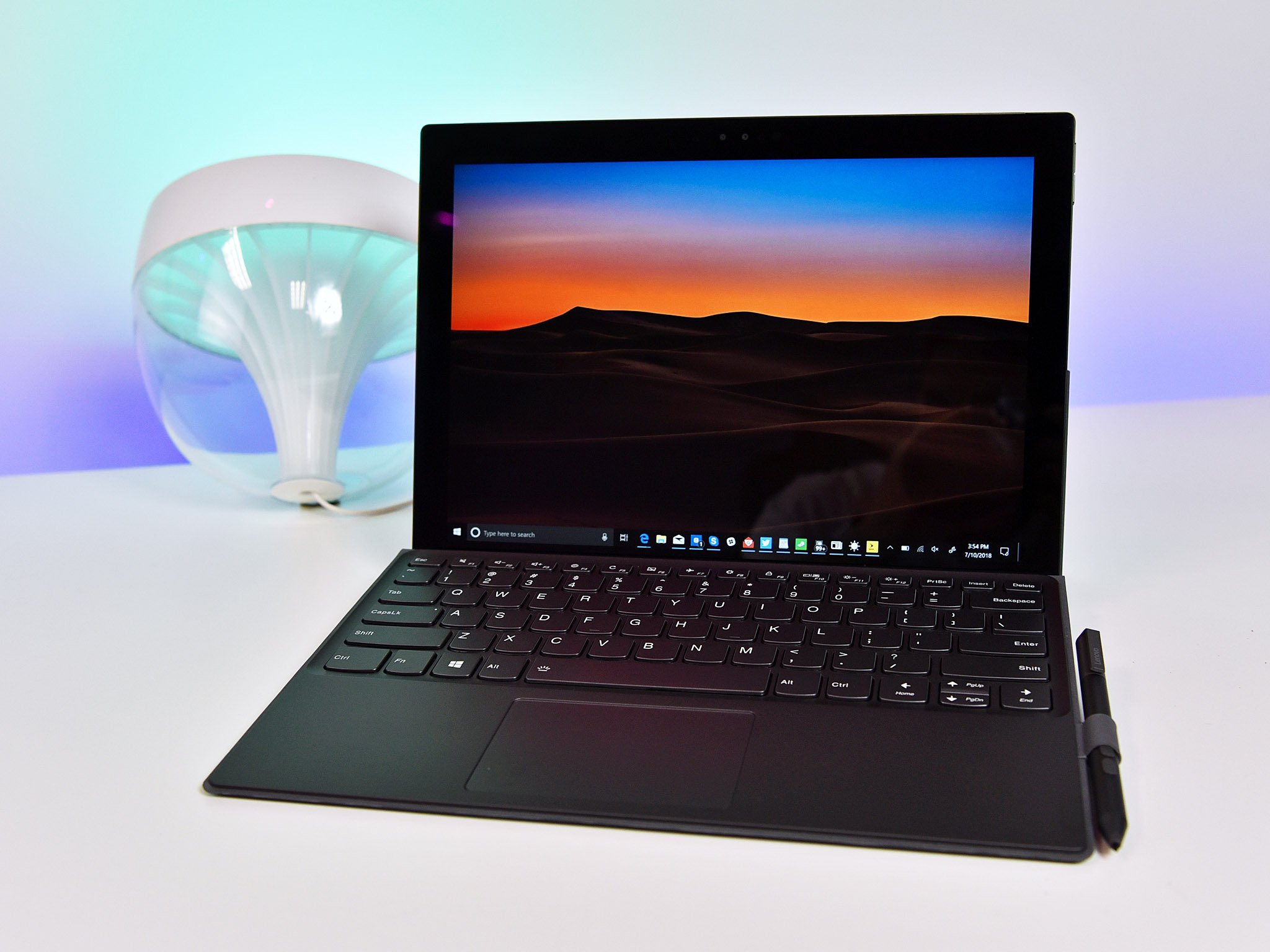Lenovo launches ARM-powered Miix 630 for $899
The third entry in the initial round of Windows 10 on ARM PCs is now available for $899.

Lenovo has lagged behind HP and ASUS in bringing its first Windows 10 on ARM PC to market, but it's finally catching up. The Lenovo Miix 630, which is built on Qualcomm's Snapdragon 835 platform, is now available for $899.
Like its HP and Asus counterparts, the main highlight of the Miix 630 is the Snapdragon 835 platform. The chip is extremely power efficient, allowing the Miix 630 to hit battery life estimates of upwards of 20 hours. It also enables a persistent LTE connection, along with instant-on capabilities, which let you immediately power up from standby mode – much like how your smartphone works.
In terms of its other raw specs, the Miix 630 includes a 12.3-inch 1920x1080 IPS touch display, 128GB of storage, and 4GB of RAM. There's also a 5MP front-facing camera, as well as a 13MP rear shooter. The design of the device is similar to Microsoft's Surface line, using a detachable keyboard in combination with a kickstand to stay propped up. There's also a USB-C port on board for charging and data, along with a microSD card slot.
Due to the need for an emulation layer to run traditional desktop apps, the first generation of Windows 10 on ARM devices don't quite match their Intel counterparts in terms of performance, but they're a solid start and should work well for most tasks. Expect further iterations built on the upcoming Snapdragon 850 and further chips to come much closer to matching typical laptop performance.
The Lenovo Miix 630 is available now from Amazon, the Microsoft Store, and Lenovo for $899.
All the latest news, reviews, and guides for Windows and Xbox diehards.

Dan Thorp-Lancaster is the former Editor-in-Chief of Windows Central. He began working with Windows Central, Android Central, and iMore as a news writer in 2014 and is obsessed with tech of all sorts. You can follow Dan on Twitter @DthorpL and Instagram @heyitsdtl.
